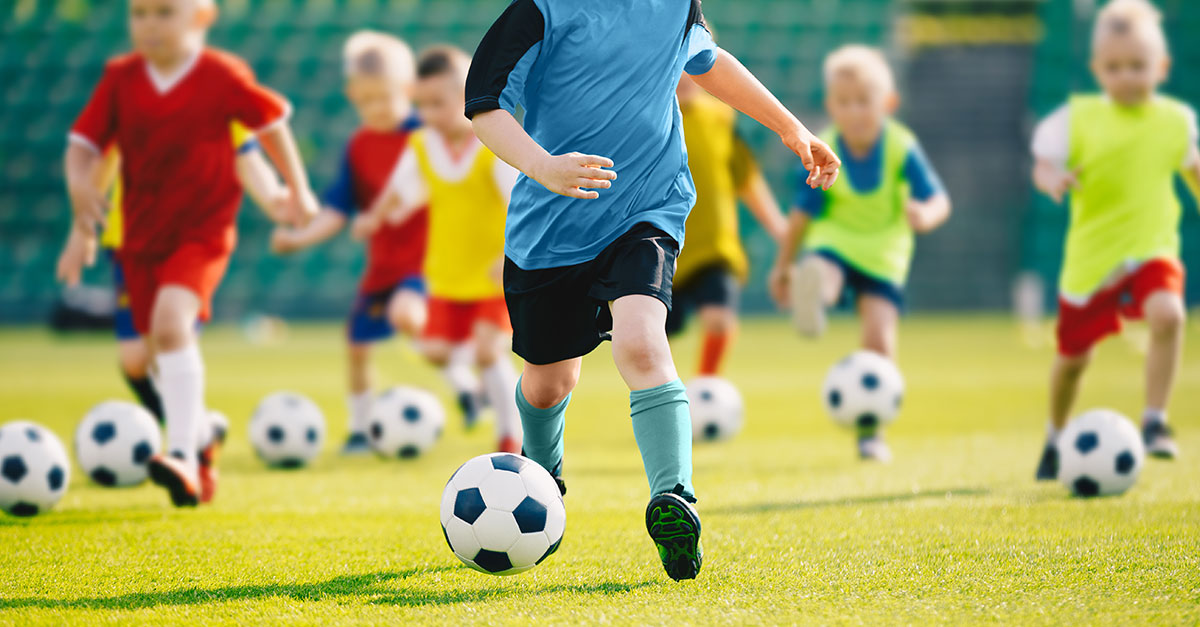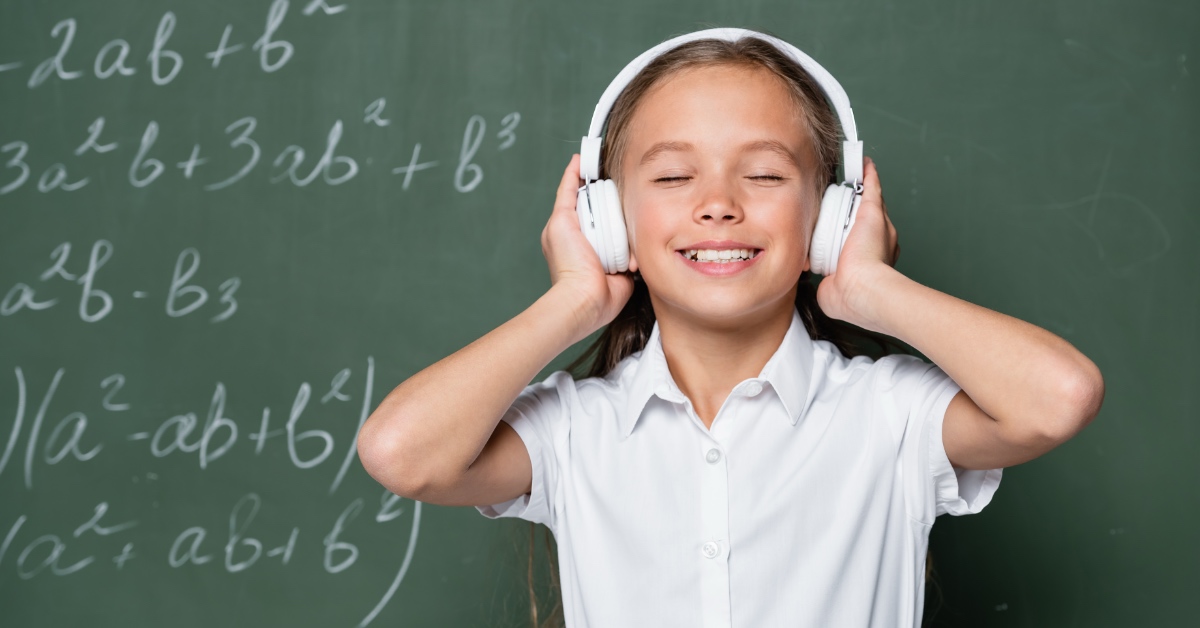
If you were to approach my grandmother and ask her opinion on what’s wrong with “kids these days,” she’d vehemently reply (in a heavy Brooklyn accent), “Kids these days! All they do is sit around, watch television, and play video games. They need to get up and play outside!”
Well, Grandma, an increasing amount of evidence-based research indicates that you may be onto something. Is there a deficit in the amount of exercise our students are getting? Could a solution as simple as regular exercise solve a multitude of problems for our students? However, in order to appropriately address this argument, we’ll need to break it down into its separate components:
“Kids these days!”
Is it really true that “kids these days” aren’t actively playing (exercising) as much as kids used to “back in the day”? It may or may not surprise you that, on average, children are indeed less physically fit today than their parents (and grandparents) were as children. Here are some of the facts:
• Today, around 18% of U.S. children between the ages of 6–11 are obese (as opposed to just 7% in 1980).
• According to data recorded on 25 million children from 28 countries, kids today take about 90 seconds longer to run a mile than their parents did 30 years ago.
• Since 1975, kids’ physical endurance levels have fallen by a global average of 5% each decade.
• Only one in three US children are physically active every day.
• By the time they enter kindergarten, 12.4% of students in the US are obese, and another 14.9% are overweight.
Why, then, are students less active “these days” than they were “back in the day”?
The short answer is technology.
“All they do is sit around, watch television, and play video games!”
Again, it seems that Grandma hit the nail on the head with this one. In the United States, the average child spends a little over seven and a half hours per day in front of a screen. The U.S. Department of Health and Human Services shows that this trend continues as children progress through school, as nearly one-third of high school students play video games for three or more hours on an average school day. This is a staggering amount of time, especially when limiting students’ screen time to under two hours a day is linked to improved cognition.
Another study in Britain seems to echo these findings. Conducted by the University of Strathclyde and published in the British Journal of Sports Medicine, this study found that activity levels of children in the UK trend downwards after age seven. They also claim that a majority of this decline is due to the amount of time spent on smartphones, computers, and video games.
While technology may be the greatest overall contributor to students’ decline in physical activity, it is also worth noting that other, non-technological factors have played a part in this as well. These include students being driven around by parents instead of walking (likely due to increased traffic and concern for safety), socioeconomic status, busy home life, cuts to school recess and physical education classes (for non-homeschooled students), neighborhoods with fewer parks, and even gender.
Therefore, as my grandma so ardently believes, it seems that more exercise is the obvious solution here. More active play will make our students physically healthier, sure—but did you know that it’ll actually make them more engaged with learning and happier, too?
“They need to get up and play outside!”
As stated before, exercise not only benefits students physically, but also academically. When we exercise, we increase the flow of oxygen to the brain, increase its number of neurotransmitters, and increase the number of neurons in the brain responsible for learning, memory, and higher thinking. In addition, the CDC states that exercise has a positive impact on concentration and attention—both of which are significant components for mastery of new skills and concepts.
To further support this correlation between academic achievement and exercise, a study from the University of Illinois compared the academic performance of students who exercised regularly and those who did not. Students who exercised made fewer errors and processed information more quickly than students who did not exercise.
Beyond the realm of academics, exercise is shown to ease symptoms of depression and anxiety in children (and adults). This happens because exercising causes our brains to release endorphins, which improve our mood and sense of well-being. In addition to this, the act of meeting an exercise goal—however small or short-term—can boost self-confidence in students. Finally, exercise, whether as part of an organized sport or even just going to the park, can be an excellent way for students to gain extra social interaction with peers—especially for our homeschooling kiddos.
“So how can I encourage my student to be more active?”
I’m glad you asked! Here are a few suggestions to get you started:
• Incorporate movement into your lessons. In addition to the benefits already discussed, it’ll break up the typical lesson routine.
• Involve your student in an organized sport. Let them choose which one they’d like to play!
• Get outside. Especially for younger students, playing at the park/in nature can be both a great social and learning experience!
• Brainstorm exercise ideas with your student. Allowing them to play an active role in their own exercise plan will give them ownership of their accomplishments.
• Lead by example. It’s easier to remain consistent with exercise if you have a workout buddy to keep you on track! Be a wellness role model for your student by exercising with them! This could look like walking the dog together, riding bikes, going for a long walk, hiking—you name it!
For more info, feel free to consult the U.S. Department of Health and Human Services’ Physical Activity Guidelines for Americans.
We Are Here to Help
If you have any questions, you can contact us at the link below.
Get in Touch



Leave a Reply